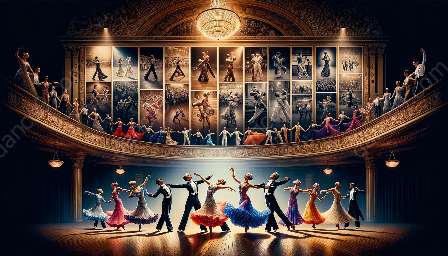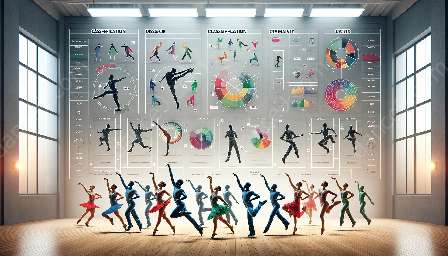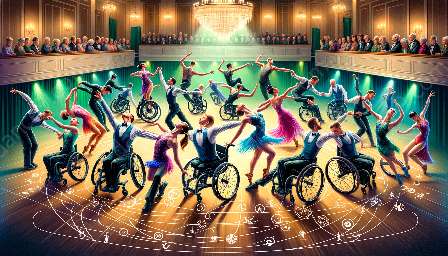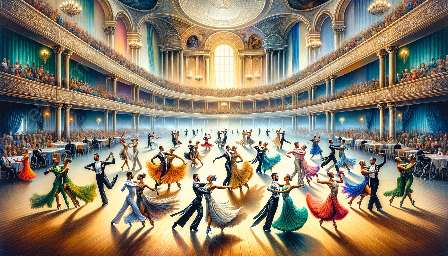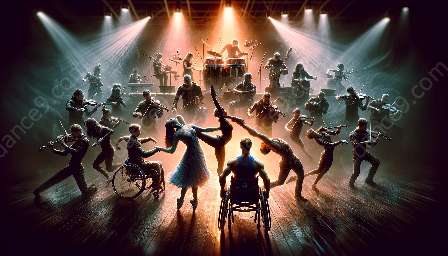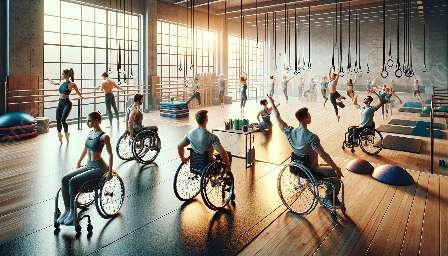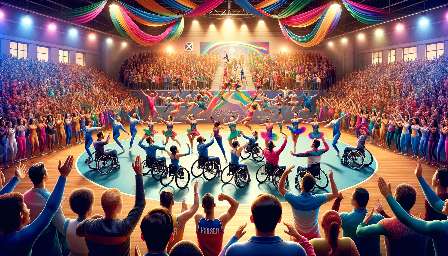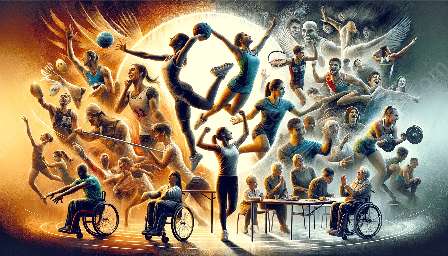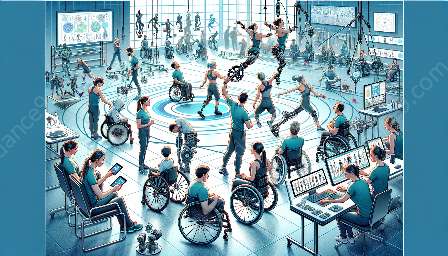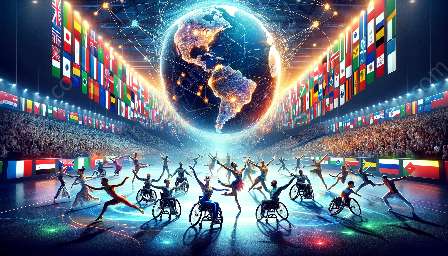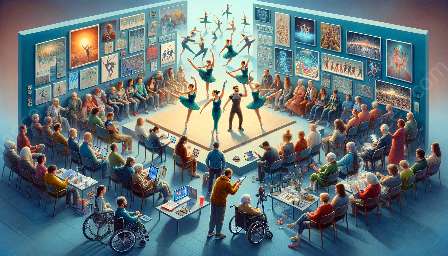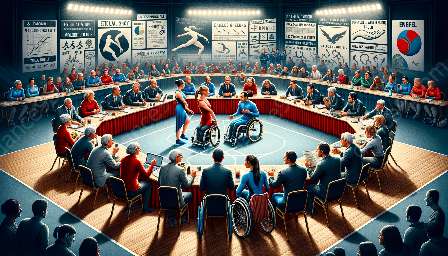Costume design in Para Dance Sport routines plays a significant role in enhancing the overall performance, adding a visual element to the dancers’ movements and expressions. The costumes not only reflect the individual styles and characteristics of the dancers but also complement the specific requirements of Para Dance Sport competitions, including the different styles and the World Para Dance Sport Championships.
Understanding Para Dance Sport Styles
Para Dance Sport encompasses various dance styles, each with its unique movements and characteristics. These styles include the Standard, Latin, Freestyle, and Combi, which are catered to different abilities and classifications of athletes. Each style requires its specific elements in costume design to enhance the performance and presentation of the dancers.
Standard
Standard style in Para Dance Sport features elegant movements and dances like the waltz, tango, and slow foxtrot. The costumes for Standard style are often formal and graceful, with long flowing skirts for the female dancers and tailored suits for the male dancers, reflecting the traditional look of ballroom dancing while accommodating the specific needs of the dancers.
Latin
Latin style in Para Dance Sport incorporates energetic and passionate dances such as the cha-cha-cha, samba, and rumba. The costumes for this style are vibrant and expressive, with bold colors and dynamic designs that capture the rhythmic and sensual nature of Latin dance, providing freedom of movement while maintaining an eye-catching appearance on the dance floor.
Freestyle
Freestyle style in Para Dance Sport allows for creativity and expression, enabling dancers to choreograph their routines with elements from various dance styles. The costumes for Freestyle style are diverse, reflecting the artistic and individualistic nature of the performers, incorporating elements that enhance the storytelling and emotional portrayal of the dance movements while meeting the specific requirements of Para Dance Sport competitions.
Combi
Combi style in Para Dance Sport involves partnerships of dancers with different impairments, creating unique and dynamic performances. The costumes for Combi style must accommodate the diverse needs of the dancers, ensuring comfort, functionality, and visual appeal that complement the synchronized movements and interactions between the partners, enhancing the overall presentation on the dance floor.
World Para Dance Sport Championships
The World Para Dance Sport Championships serve as the pinnacle event for para dancers from around the globe, showcasing the highest level of talent, skill, and creativity in the sport. As the competition brings together dancers of diverse backgrounds and styles, costume design plays a crucial role in reflecting the cultural identities, artistic expressions, and competitive spirit of the participating athletes.
During the World Para Dance Sport Championships, costume design must meet the stringent regulations and guidelines set by the governing body to ensure fairness, safety, and uniformity across all competitors. The costumes must not only adhere to the specific style requirements but also align with the overall artistic vision of the routines, enhancing the visual impact and storytelling aspect of the performances.
Impact of Costume Design in Championships
Costume design in the World Para Dance Sport Championships has a profound impact on the overall presentation and perception of the athletes’ performances. The costumes contribute to the aesthetic appeal, grace, and poise of the dancers, enhancing the audience’s experience and understanding of the different dance styles and cultural influences represented in the competition.
Furthermore, the significance of costume design extends beyond the visual aspect, as it also plays a role in promoting inclusivity, diversity, and empowerment within the Para Dance Sport community. The costumes serve as a creative outlet for the dancers to express their individuality, personal stories, and cultural heritage, fostering a sense of pride and identity while challenging the traditional perceptions of dance and disability.
Conclusion
Costume design in Para Dance Sport routines is an essential element that intertwines with the diverse styles and the prestigious platform of the World Para Dance Sport Championships. Through the intricate designs and considerations tailored to each style, the costumes contribute to the artistic and competitive essence of the sport, reflecting the passion, talent, and creativity of para dancers worldwide.

